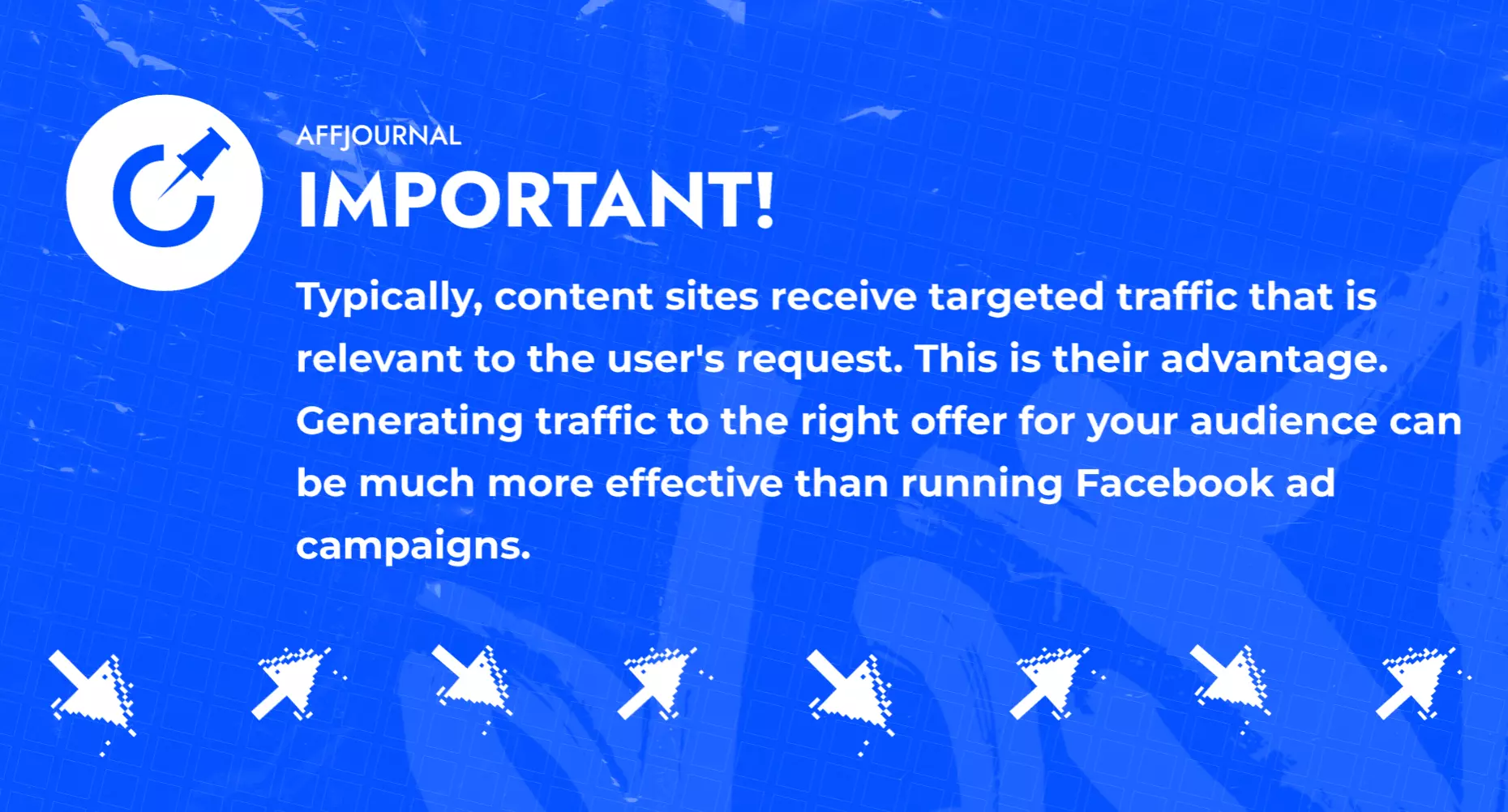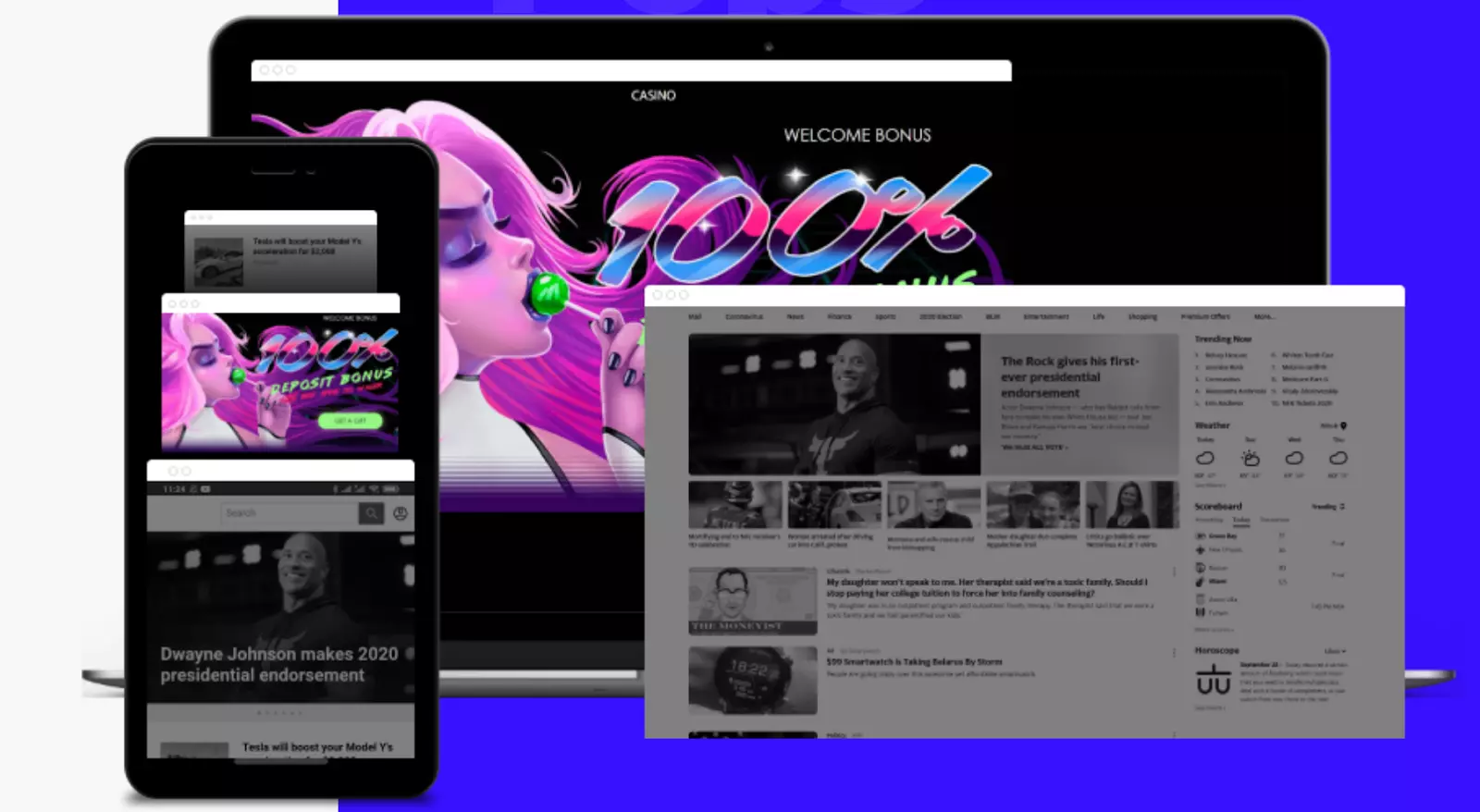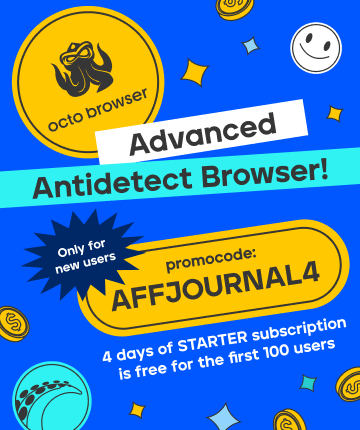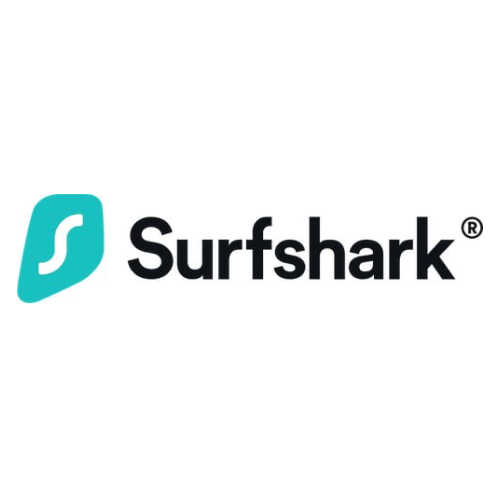

by Editor
There are many options for monetizing a site: Google AdSense, teaser networks, selling branding and links, posting paid articles, etc. All these are great options for making money, but everything depends on the amount of traffic on your site. Small sites will have minimal income. Therefore, CPA networks are ideal in this regard. In this article, we will tell you how to direct visitors to CPA offers, what format to choose and how much you can earn.
What does it mean to monetize traffic through CPA networks
First, let's figure out how it all works. You choose an offer that suits your audience and leave a link to it on the site, and then you get money for each targeted action of the referred users - for example, for registration, purchases, installations of applications, and so on.
In some topics, the payment for one lead can reach $100 or more, in others you can earn a lot by simply choosing a simple offer and sending more traffic to it. The more traffic on the site, the more likely it is that more users will complete the target action.

However, you still need to constantly focus on driving traffic to your site. Do SEO, publish useful and interesting articles, attract readers in other ways. To start earning a lot on the site, you first have to invest a lot of time and effort into it, as well as money.
How to monetize your website traffic
In order for traffic monetization in the affiliate program to work as it should, you need to choose the right offer and advertising format. Let's take a closer look at each stage.
Decide on a CPA platform
There are a lot of CPA networks. However, do not forget that not all of them are able to provide a wide range of converting offers. Some of them specialize in certain niches: games, dating, eCommerce, travel. Others want to receive traffic exclusively for gambling related offers. You can read more about what offers are in our article: "Verticals in CPA marketing: what are they and what are they".
When choosing a CPA network, you can use the catalog on our website. When choosing, be sure to pay attention to such points:
- Having your own offers. This suggests that the level of the affiliate program is high enough to maintain its own call center or logistics service. With this format of work, the network can offer more favorable rates, and evil advertisers disappear from the scheme.
- Approval. If the approval rate for most offers is very low, it’s not worth wasting your time.
- Hold. In some niches, you can’t do without a long lead check, but if the procedure drags on for six months, it’s better to look for another place to monetize traffic.
- Payout threshold. It is better for beginners to choose affiliate networks with minimal restrictions.
- Withdrawal fees. Transferring money is not always profitable. For example, Admitad charges 4% for payments to bank cards.
- Adequate support. If managers promptly respond in your personal account and messengers, you can ask them for cases or working links, there is every reason to trust your traffic to an affiliate.
- Bonuses. In addition to periodic drawings of valuable prizes, CPA-networks create their own stores with payment through local currencies. For example, in the Lucky Online store, you can exchange points for a MacBook.
We also recommend that you spend time studying reviews about the selected site on the Internet. If the CPA network is not paying its webmasters, you will definitely find this information.
Choosing an offer
An offer is an offer from an advertiser, where you will redirect visitors to your site. Of course, you can choose it without hesitation, but then you need to forget about big money.
To choose an offer that will bring conversions, you need to study the audience of your site and think logically. Focus on the topic first:
- write about a casino — choose a gambling vertical in which you need to attract players to different online casinos;
- created an information medical portal - look for offers from medical clinics or sell dietary supplements;
- run an entertainment resource — you can try to promote product popular offers, and so on.
See in analytics what articles users read, how they behave, what interests them. So you can get some idea about your target audience, and then pick up an offer with a target audience close to yours.

Choosing an ad format
To monetize website traffic, it’s not enough to choose an offer; you need to think about what “sauce” to serve it to visitors under. There are many options:
Native article with active link. If the offer fits perfectly with the theme of your site, you can simply write a separate review on it and leave an active link in the title, first paragraph or at the end. Or, as it were, accidentally mention it in the article, also with an active link. In this case, visitors who are interested in the offer will follow it and get to the laying site or to the advertiser's landing, depending on which link you use.

Native article advertising a crypto offer
Ad block. You can choose any ad block format — for example, a teaser, banner ad, or a block designed as a contextual ad. There are only three things to consider:
- teasers, banners and similar formats may be blocked by Adblock and other similar extensions;
- some visitors may not see ads due to so-called banner blindness;
- if you use too many ad units, search engines can pessimize the site in the search results.
In general, these ad units work if you choose creatives and placements wisely. For example, they can be inserted on the side of the materials, in the site header or directly in the articles.
Popups. They can also contain information about the offer and a button with a call to action, by clicking on which the user will go to the advertiser's website. Popups can be shown whenever you want - as soon as the user enters the site, when moving through 3 internal pages, when closing a tab, and so on.

Clickanders. This is a special ad format in which the user is redirected to the advertiser's site after clicking anywhere on your site. It is practically not used, because search engines do not like clickanders, and their goal is to redirect traffic, so they are used mainly in the form of spacers. But you can test a similar format on 1-2 pages of the site to evaluate the result.
Push notifications. If you have connected push notifications, you can advertise offers in them as well. First, collect the base - show all site visitors a window with an offer to subscribe to them. And then, when you get from 1,000 subscribers, you can send them push notifications with advertising. But do not make them too frequent and annoying, and dilute the ads with really useful information, otherwise you will encounter unsubscribes.

An example of earnings statistics on push subscriptions: 
Newsletter. There is room for several maneuvers here. For example, if you have created a site where you can register, write down as a prerequisite the consent to receive promotional materials, and then send them to the emails specified by users. Or create a separate form, a page for collecting contacts and dilute useful emails with promotional offers with links to the offer.
Redirect. Another not very useful way to monetize site traffic is to automatically redirect the user to the advertiser's site when he visits your site or a specific page of it. Redirects are often banned by search engines and ad networks. In addition, as with clickers, users do not request advertising information, but simply receive it, so the conversion is much lower compared to mailing lists, ad units, links and pop-ups.
It is better to use those advertising formats in which users themselves go to the advertiser's website. This increases conversions and improves the user experience of your site. If you use clickanders and redirects, you can lose regular readers.
Profitable cases of website traffic monetization using affiliate networks
Let's see how much you can earn by monetizing traffic in affiliate programs. We offer you two demonstrative cases with real numbers and working links.
$300 per week on a microloan aggregator
The webmaster worked on the topic of finance for two years, and when search engines banned advertising microfinance organizations in contextual advertising, he began to think about other traffic sources. Since he already had experience in SEO, he decided to make his own aggregator site.
On the site it was possible to compare offers from different MFIs. For him, the webmaster chose an offer with payment for the transition to the fifth stage, the first and repeated loans. First, the webmaster assembled a semantic core, then filled the site with content and started doing SEO. In the first 8 days, the site earned more than $300.

$300 on the remedy for parasites
In this case, the webmaster promoted the Intoxic parasite remedy. Depending on the geography, the advertiser paid up to $12 per placed order.
The webmaster promoted the offer on his site in several ways. First, I wrote a review of the drug and placed links in it, and left an order form, or an iframe module, at the bottom. Then he launched ads in the main body of the site - in the sidebar and on other pages - in the form of teasers. And at first I doubted whether it was worth removing the standard ads from the advertising network that generate income from each click. As a result, having spent $300 on the promotion of the article, the webmaster received an income of $1000, and the net profit was $700.

Have you had experience monetizing your site in affiliate programs? If yes, please share it in the comments.

by Editor



comments ....(0)
Leave a comment
You must be in to leave a comment